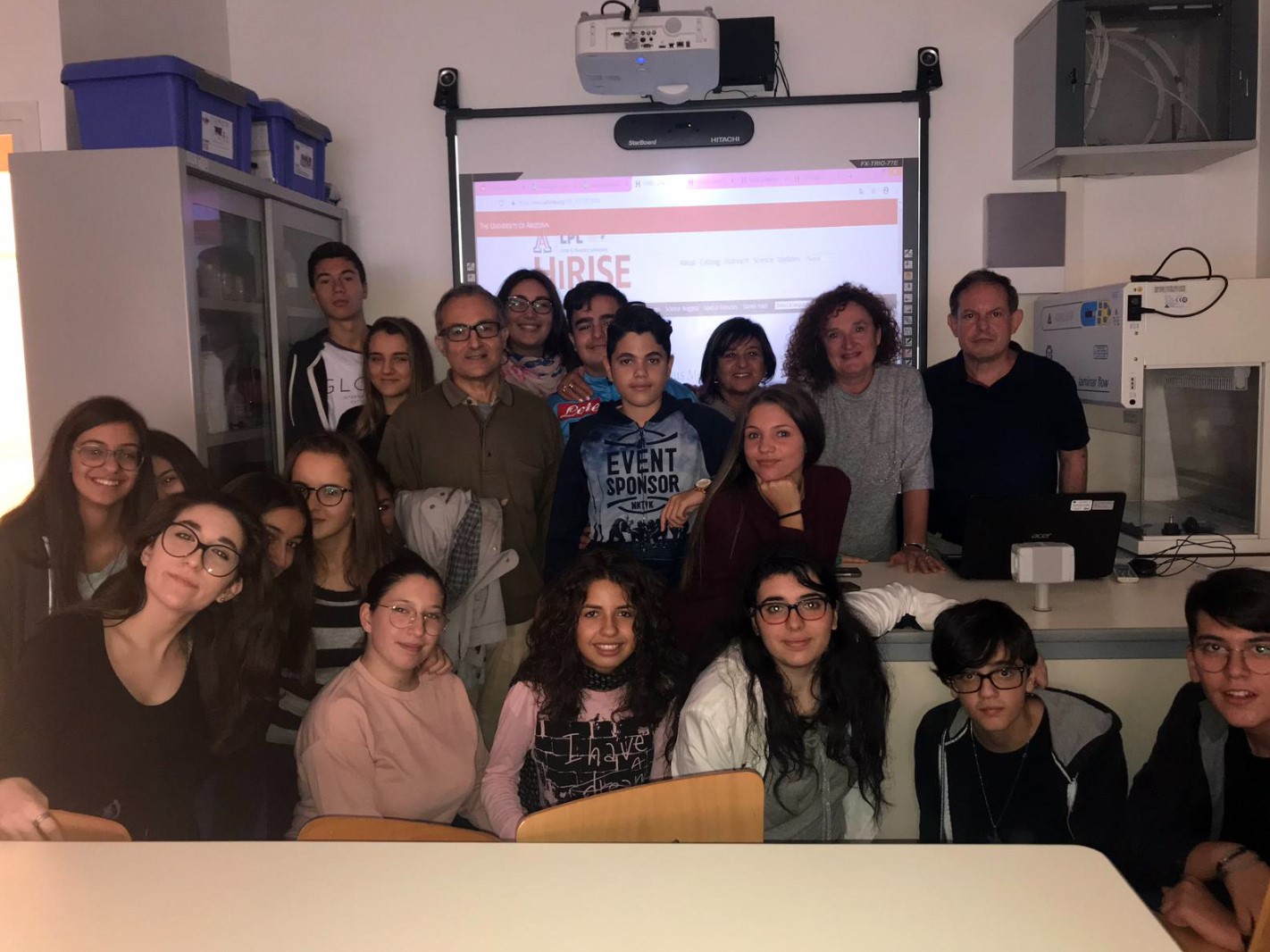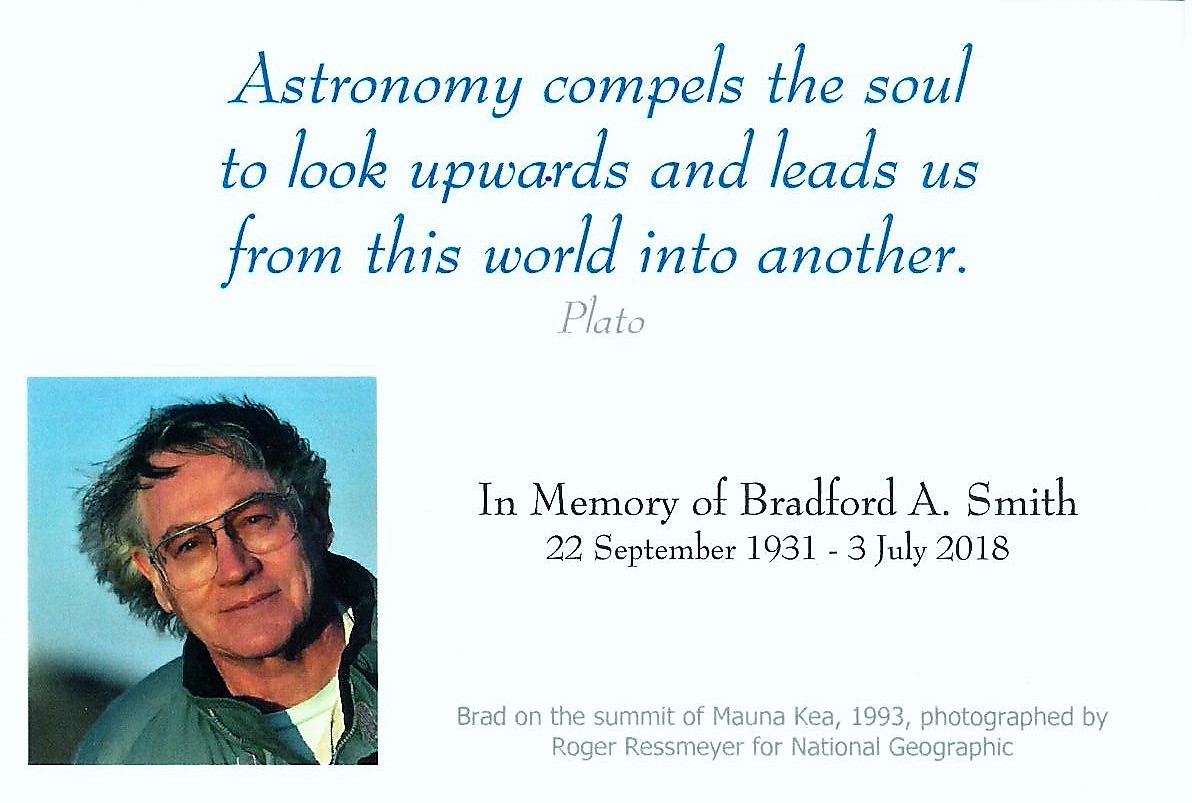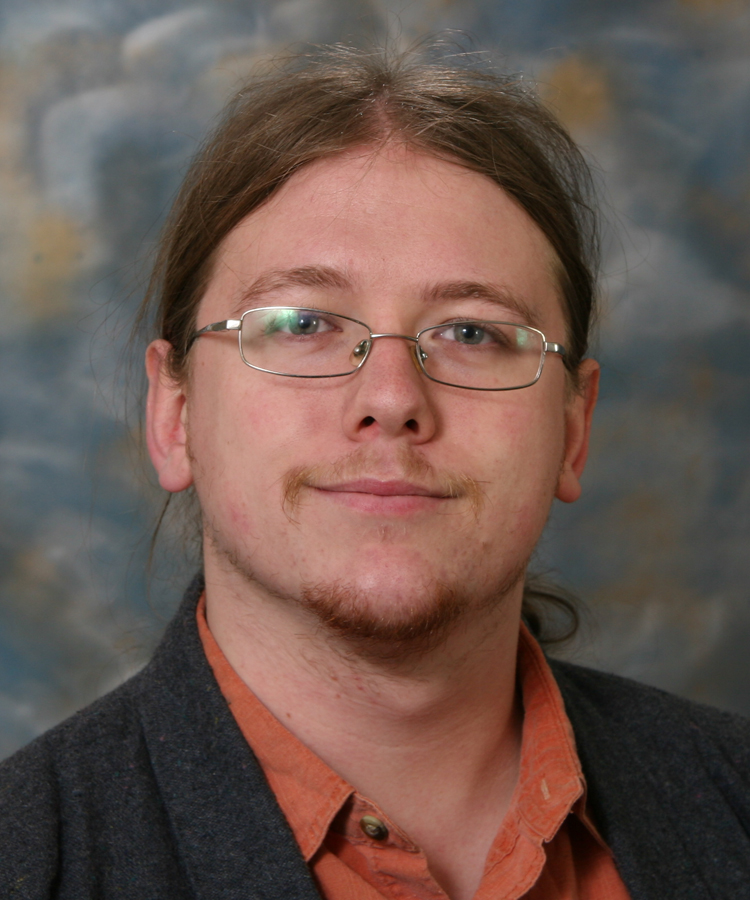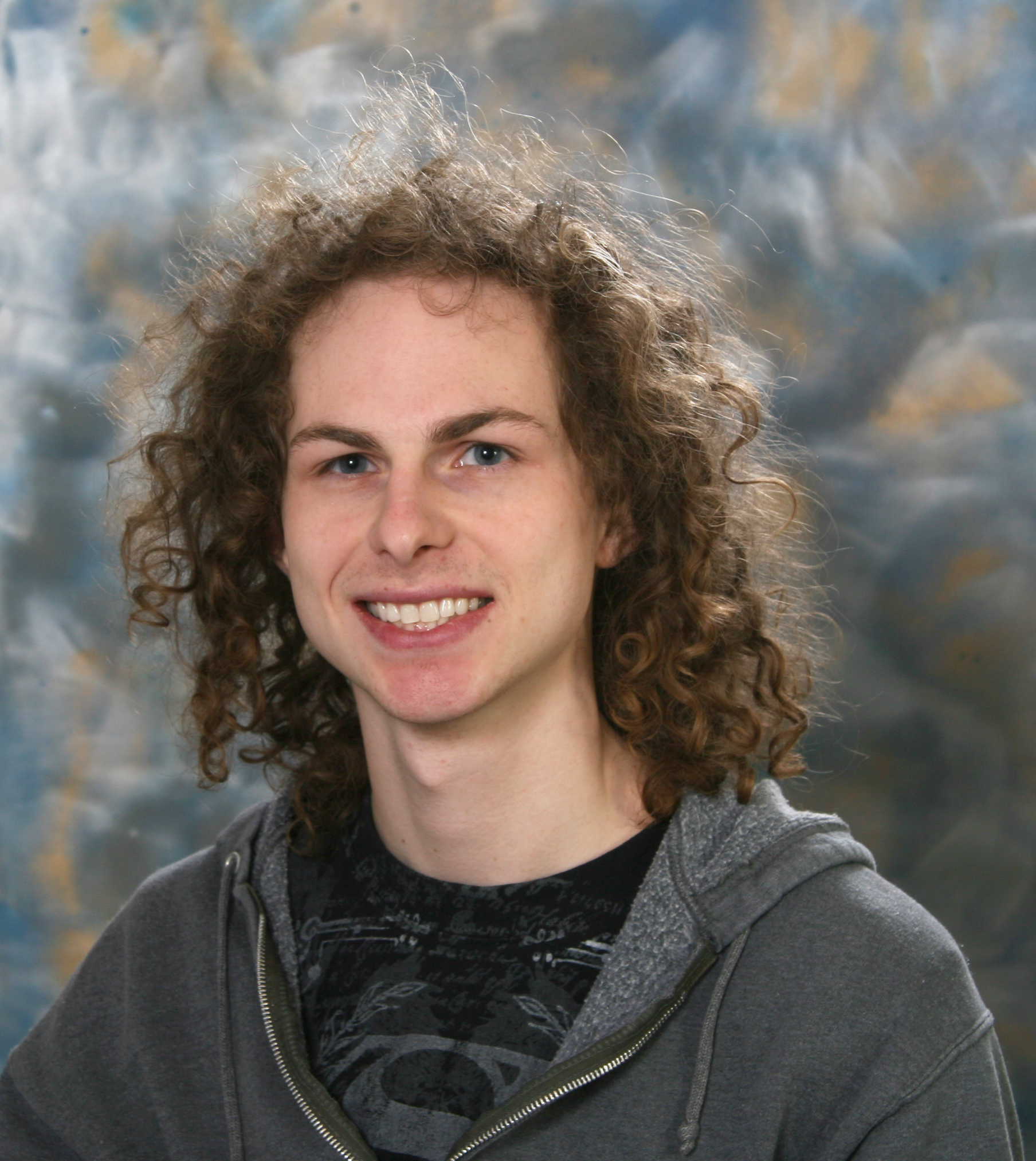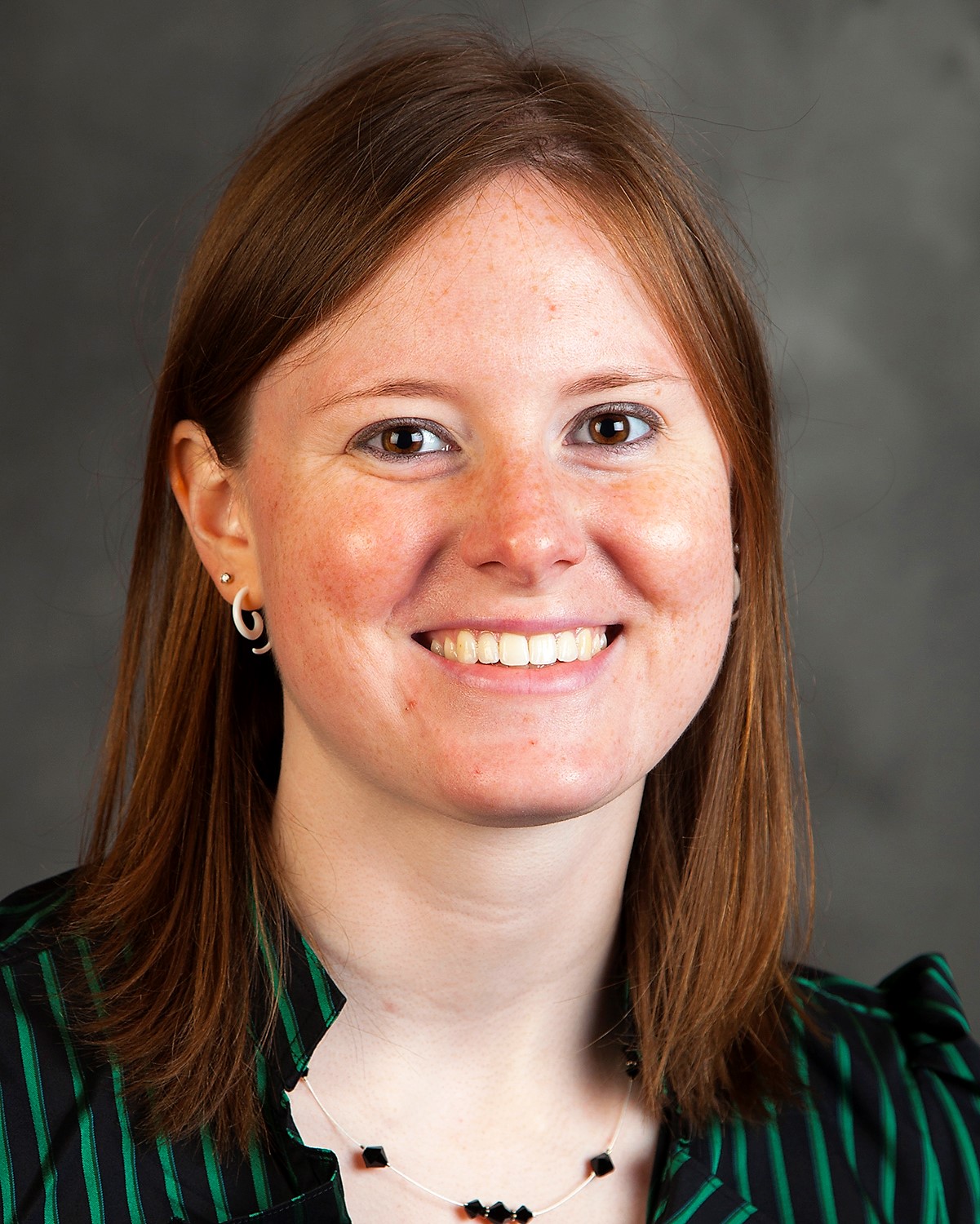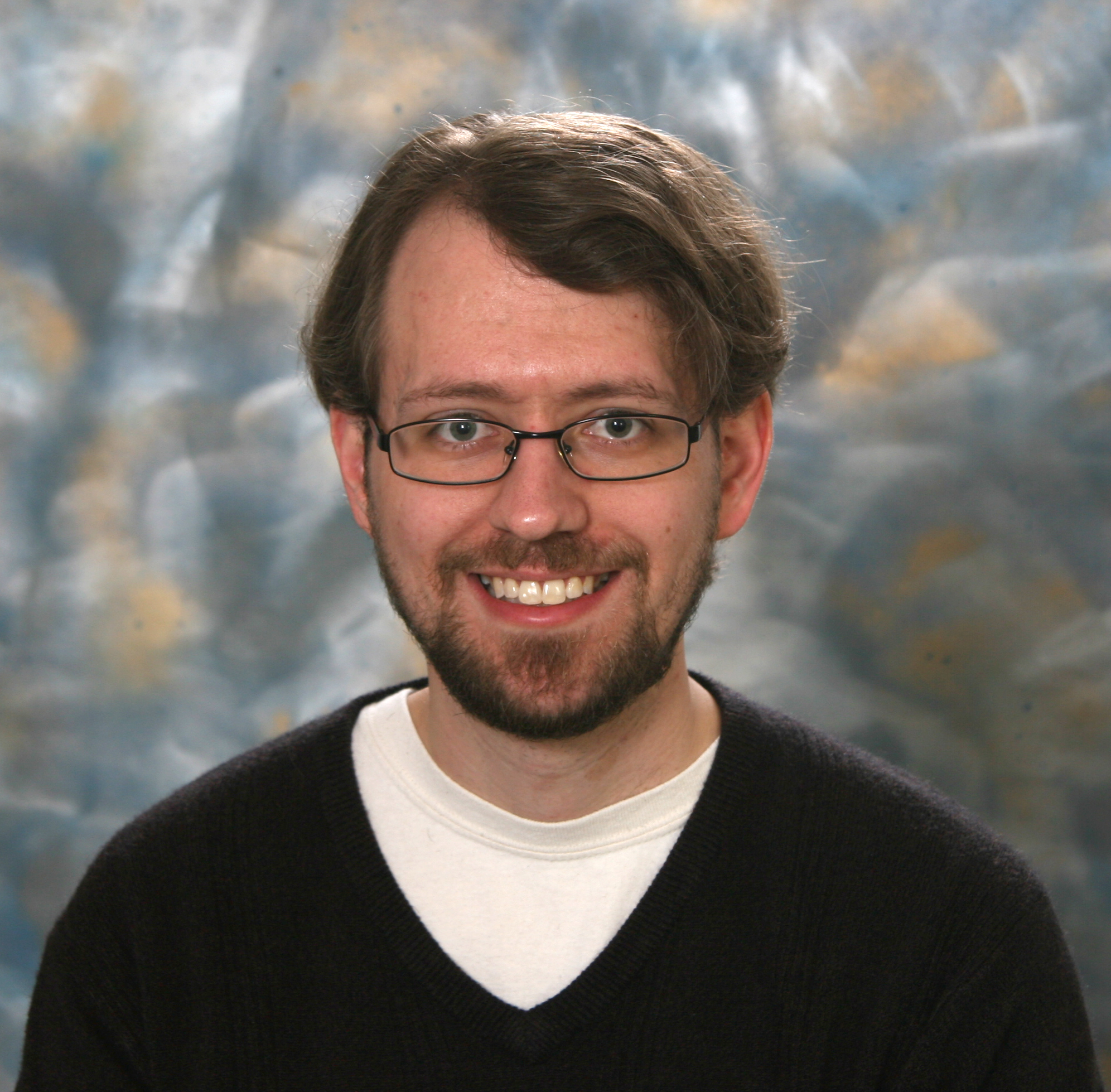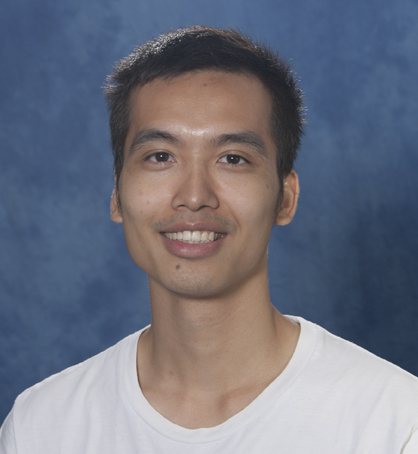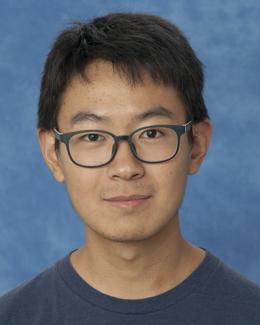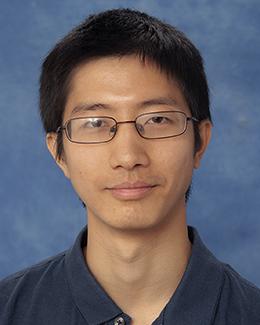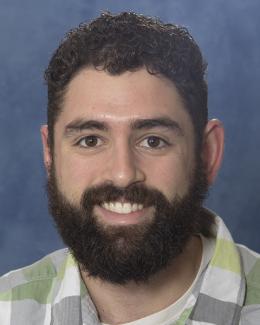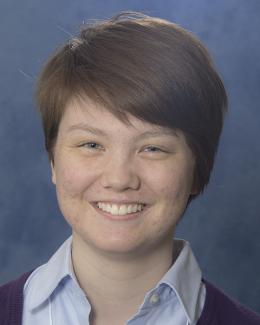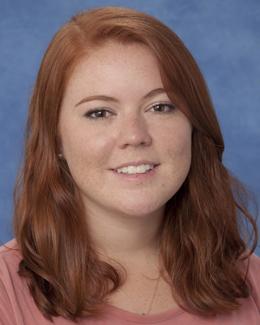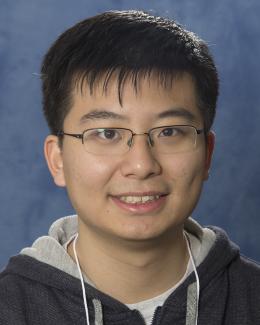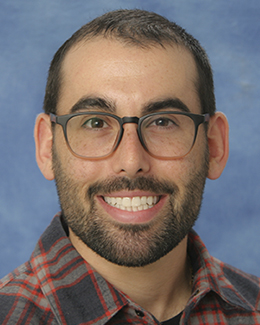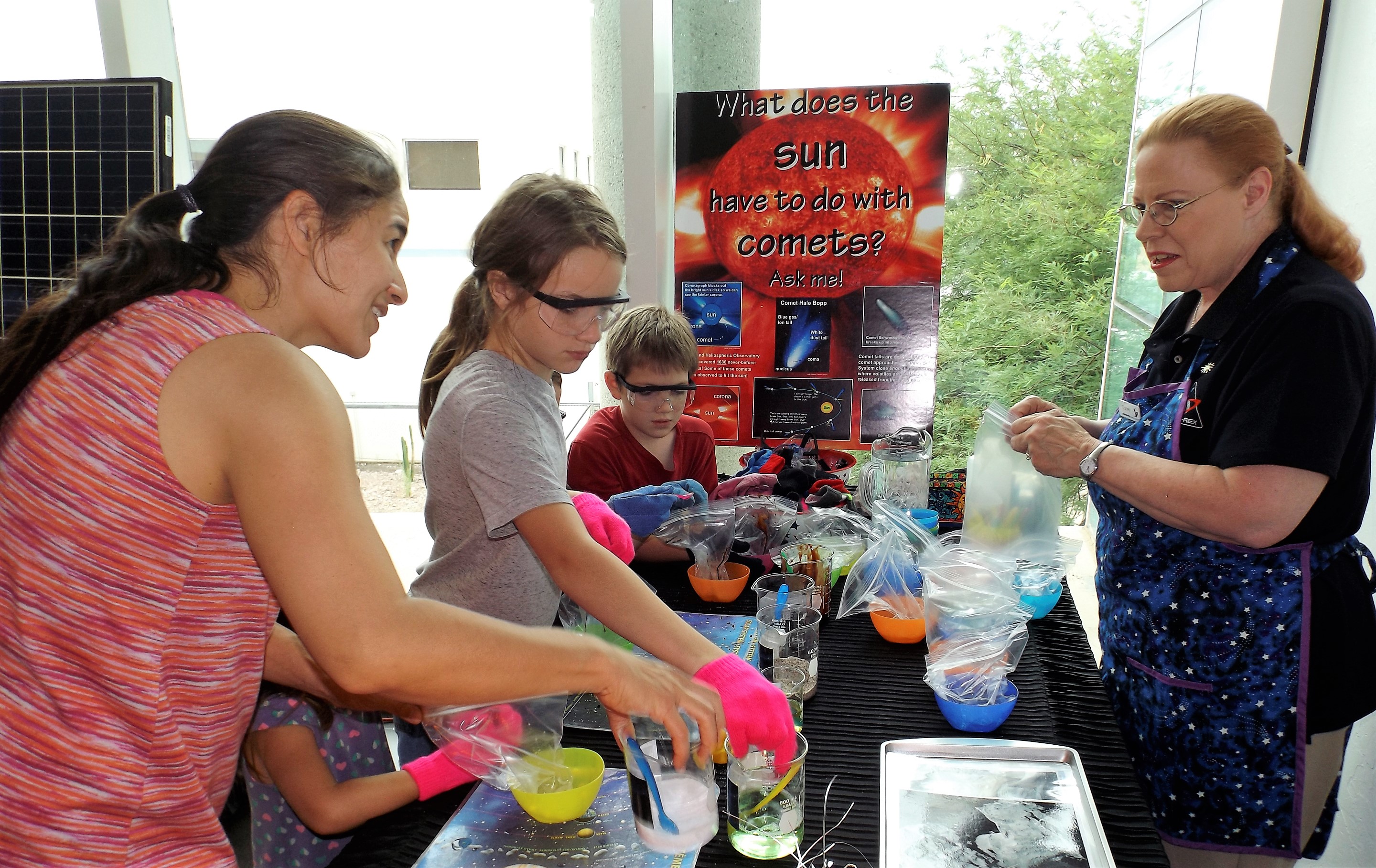
This year's Summer Science Saturday public open house event featured the Parker Solar Probe (PSP). Professor Joe Giacalone, co-investigator for the Integrated Science Investigation of the Sun instrument aboard PSP, presented a lecture titled, Parker Solar Probe: A Mission to Touch the Sun. Over 300 attendees spent time learning about a variety of research and disciplines through displays and activities provided by numerous local groups, including LPL graduate students, OSIRIS-REx, UA Laboratory of Tree-Ring Research, Planetary Science Institute, Texas Instruments, Tucson Amateur Astronomy Association, Flandrau Science Center & Planetarium, Arizona Native Plant Society, UA Insect Collection, UA Mirror Lab, and the International Association of Astronomical Artists, among several others.
Next year's Summer Science Saturday, Apollo 50: Next Giant Leap, is planned for July 20, 2019, in celebration of the 50th anniversary of the Apollo 11 moon landing and in anticipation of future exploration of the moon and Mars.
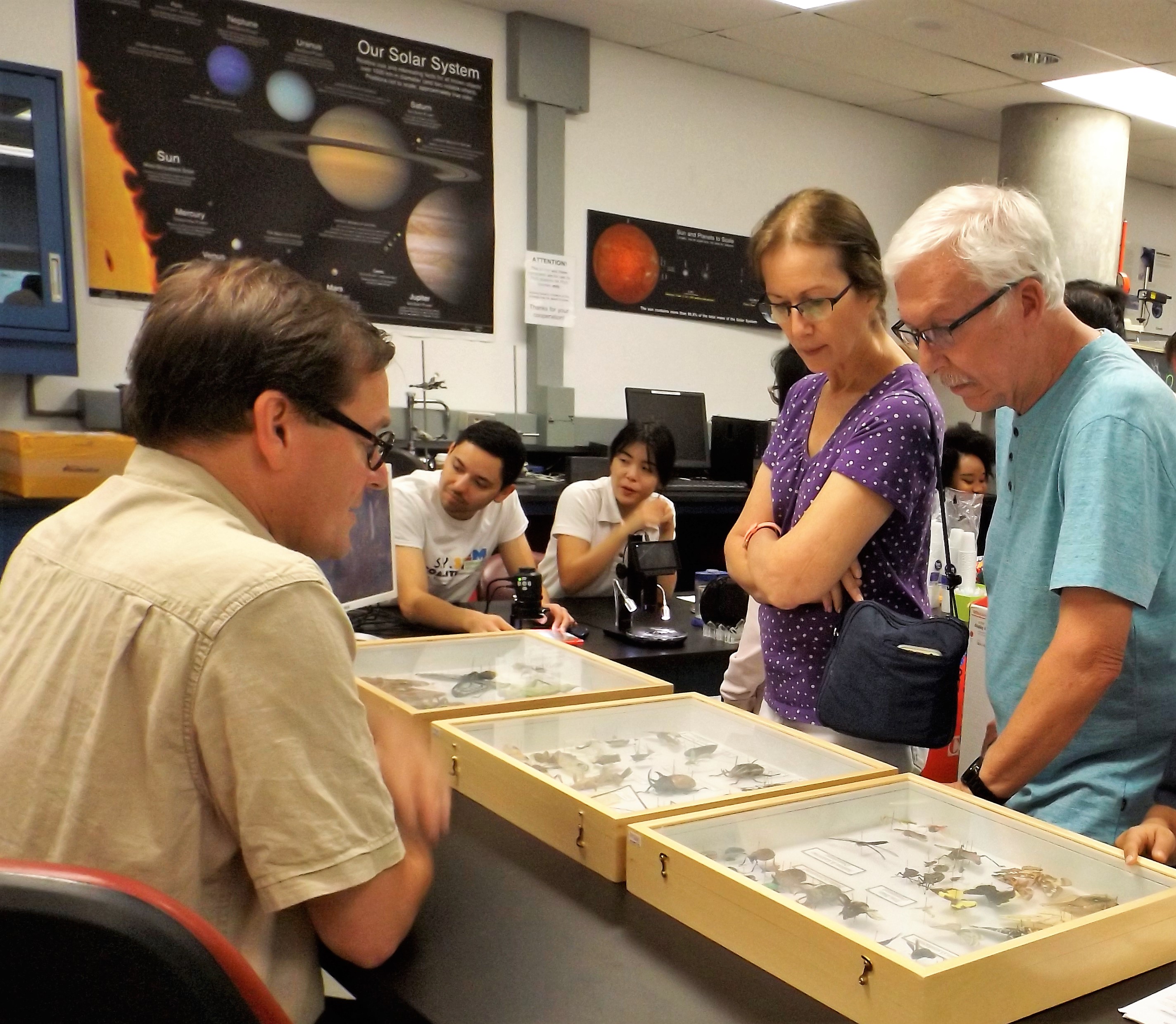



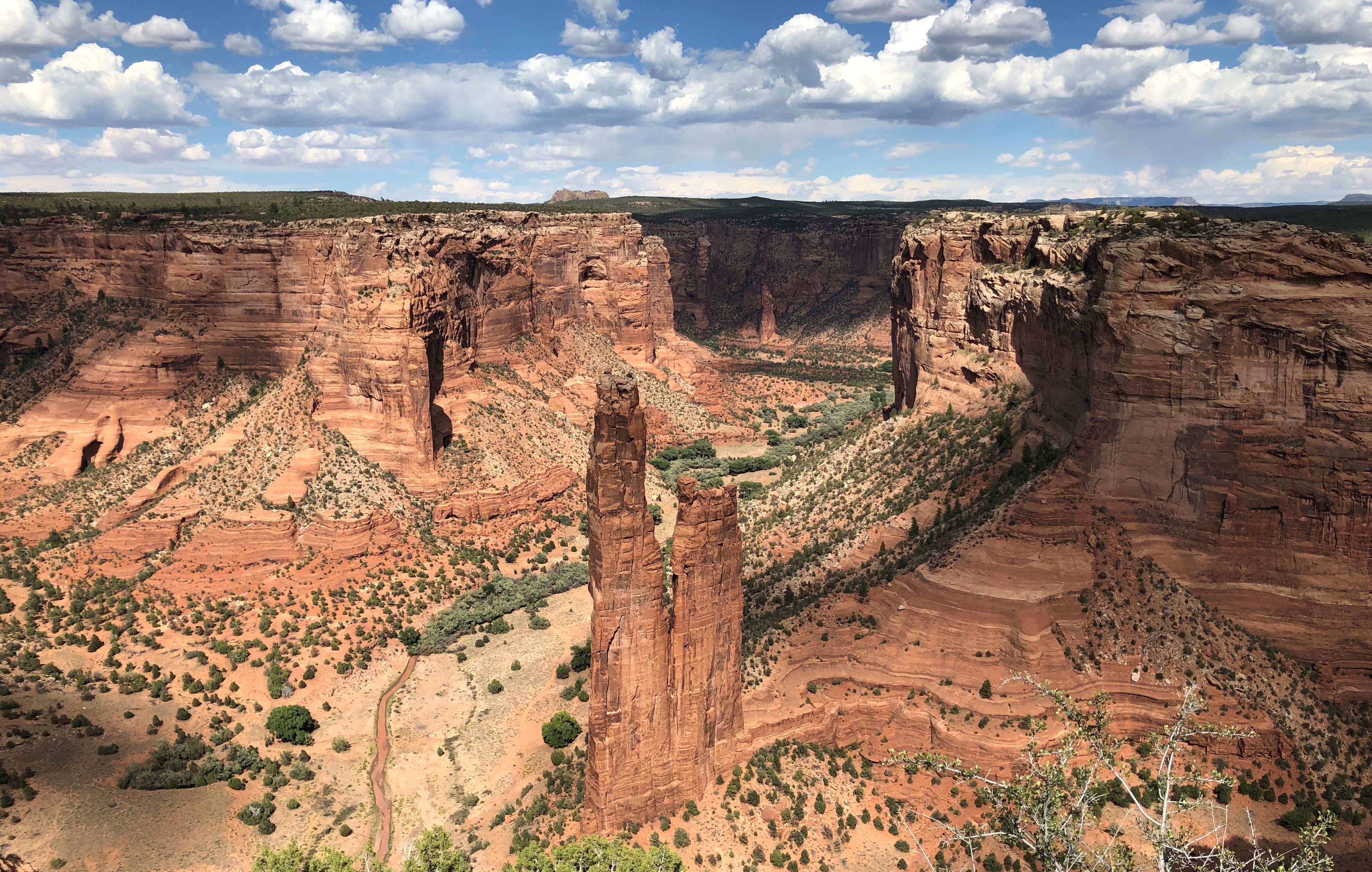
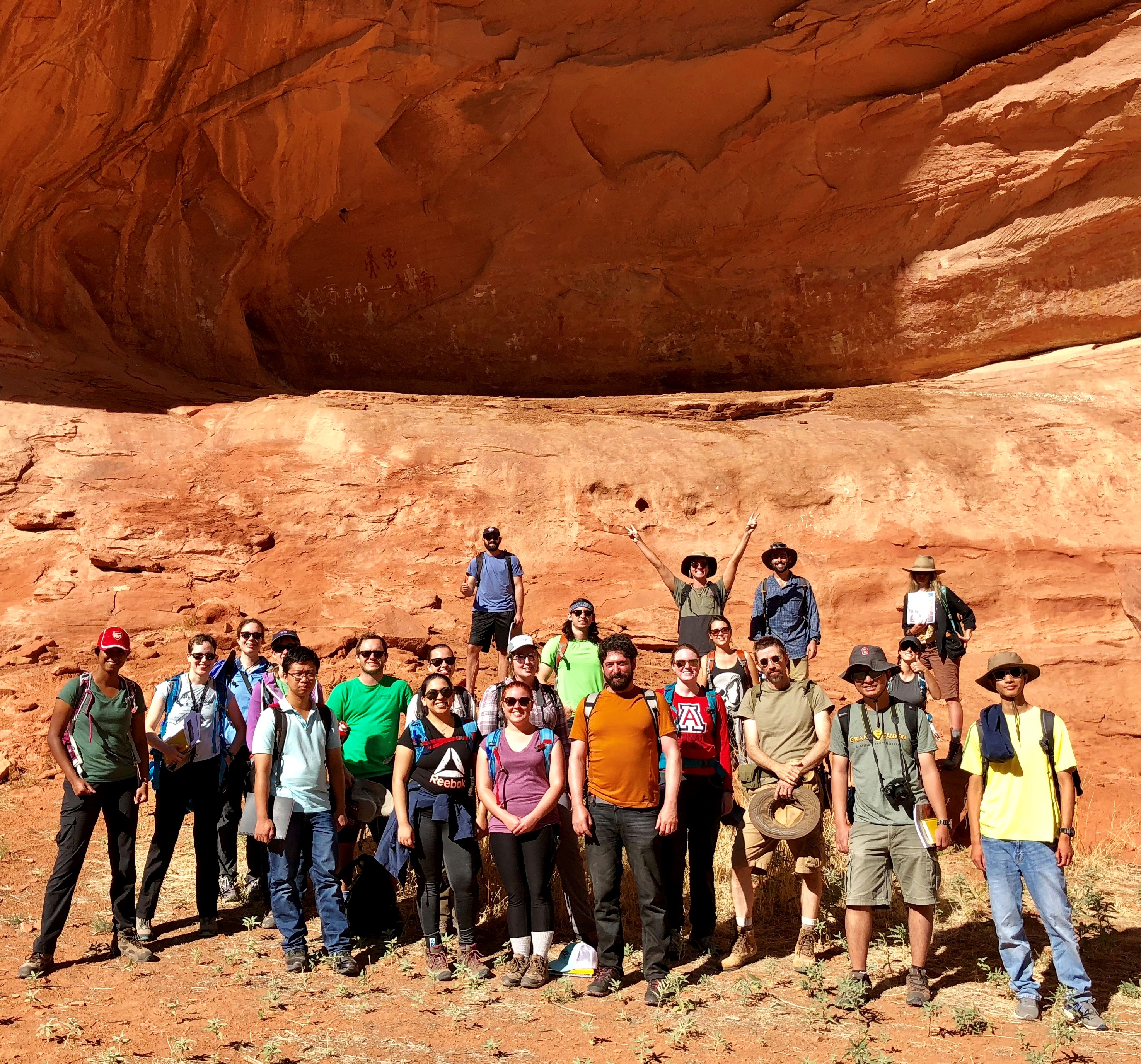
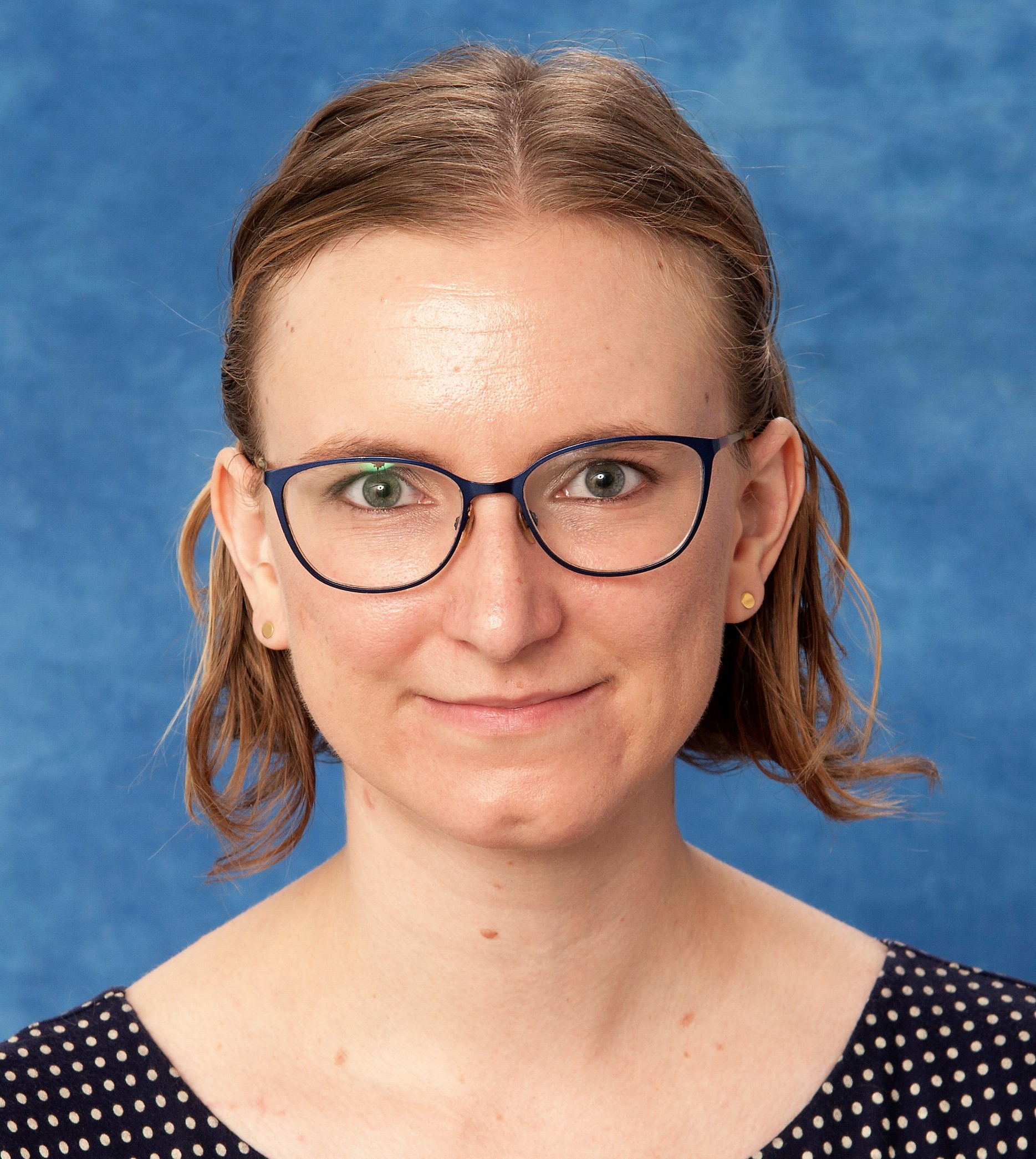 Kamber Schwarz joined LPL in September 2018 as a
Kamber Schwarz joined LPL in September 2018 as a 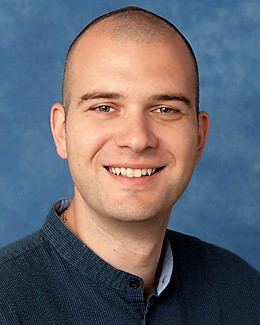 Mihailo Martinović
Mihailo Martinović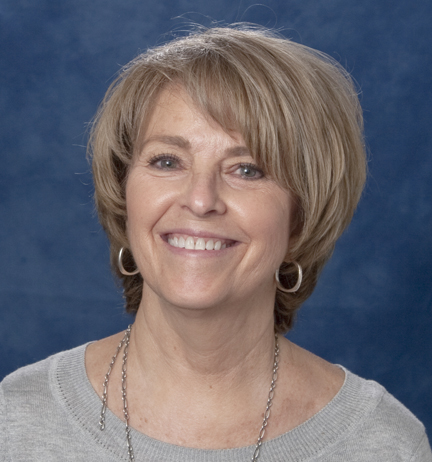 Susan Brew, who served as Program Manager for UA and Arizona NASA Space Grant Consortium since its beginning in 1988, transitioned to retirement this fall. During her career with Space Grant, Susan directly supported over 1,300 UA students—future STEM leaders, mentors, and affiliates; her work has positively impacted the lives of countless others across the nation. Susan spent much of the past few months working with her successor, Michelle Coe.
Susan Brew, who served as Program Manager for UA and Arizona NASA Space Grant Consortium since its beginning in 1988, transitioned to retirement this fall. During her career with Space Grant, Susan directly supported over 1,300 UA students—future STEM leaders, mentors, and affiliates; her work has positively impacted the lives of countless others across the nation. Susan spent much of the past few months working with her successor, Michelle Coe.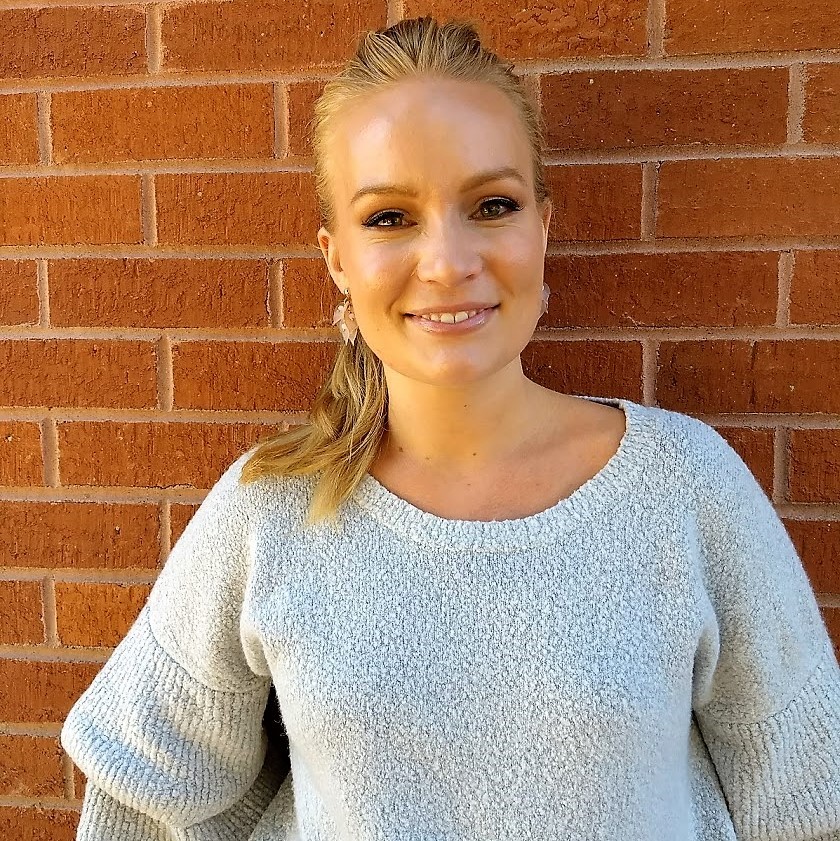 Michelle officially joined LPL in July 2018 as the Program Manager for the Arizona/NASA Space Grant Consortium. Michelle, who is a past Space Grant undergraduate intern and Space Grant Fellow at the University of Arizona, is excited to come full-circle and get the opportunity to work alongside affiliates, students, and mentors across the state. Before joining LPL, Michelle worked for several years leading (n (originally Space Grant-funded) environmental science program that was an extension of the UA Geography Department’s Community and School Garden Program. During that time, she worked with K-12 students on citizen science activities related to current environmental science projects happening at the university. Most recently, she worked with students collecting data for the Biosphere 2’s Agrivoltaics (agriculture + photovoltaics) research project.
Michelle officially joined LPL in July 2018 as the Program Manager for the Arizona/NASA Space Grant Consortium. Michelle, who is a past Space Grant undergraduate intern and Space Grant Fellow at the University of Arizona, is excited to come full-circle and get the opportunity to work alongside affiliates, students, and mentors across the state. Before joining LPL, Michelle worked for several years leading (n (originally Space Grant-funded) environmental science program that was an extension of the UA Geography Department’s Community and School Garden Program. During that time, she worked with K-12 students on citizen science activities related to current environmental science projects happening at the university. Most recently, she worked with students collecting data for the Biosphere 2’s Agrivoltaics (agriculture + photovoltaics) research project.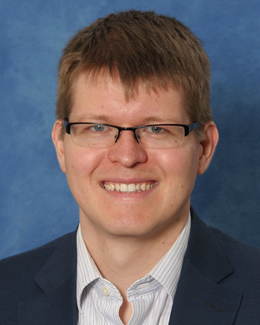 This fall,
This fall, 